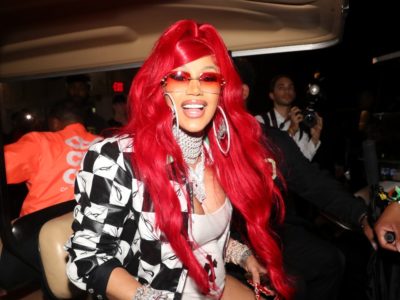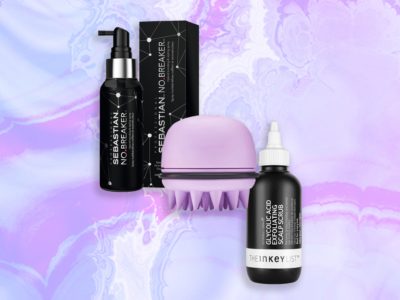
Perhaps that’s why it particularly stings when these protective styles are worn by others like an ill-fitting skin. These styles link Black girls and women to the matriarchs of the past — the ancestors who taught these cosmetic defense mechanisms and mystical art forms as an inheritance to secure the safety and glory of our crowns. — Michaela Angela Davis
Cornrows
Having your hair braided or cornrowed is a tradition that transcends socioeconomic status and brings many Black women together. Such an intimate ritual is also a social experience, often full of talk, laughter, and, sometimes, secrets. “Cornrows came to the Americas from Africa — and the name came from people who worked Southern plantations, named because the style looked like rows of corn,” explains Ayana D. Byrd, co-author of Hair Story: Untangling the Roots of Black Hair in America.
But cornrows, like all Black styles, predated slavery. According to Twisted: The Tangled History of Black Hair Culture, by Emma Dabiri, they are known as “irun didi” among the Yoruba people of Western Africa. Cornrows can be basic enough to slip a wig over, they can incorporate geometric and mazelike patterns, or they can be the foundation for more braids. Being so easy to care for, they’re often looked at as the most low-maintenance of protective styles.
Fulani Braids
Like many Black hairstyling traditions, Fulani braids have roots in Africa. They are distinguished by details like a single cornrow down the center of the scalp, or cornrows on the sides of the head directed toward the face.
Named for the Fulani people of West Africa, the braids can symbolize many things — marital status, occupation, or even class. For example, young teenage girls may wear symmetrical braids with a coiled tuft on either side of the head. “Hair in pre-slave trade West Africa acted almost like a social security number,” says Byrd. “Fulani braids, while beautiful, also conveyed markers of someone’s identity.”
Bantu Knots
When Rihanna showed up at an awards show in 2014 wearing a headful of Bantu knots, a lot of Black women simply nodded as many in mainstream culture first recognized the beauty of this style. Black women had been using Bantu knots as a protective style and heatless curling method for many, many years.
“Bantu knots have been worn for centuries, dating back to before the slave trade,” says Byrd. They’re named for the Bantu ethnic group of Zulu people and are also known as Zulu knots. Wound tightly, Bantu knots can project an air of steely strength. After they’re unraveled, coily hair is transformed into stretched curls, showcasing just a hint of the versatility of Black hair.
Locs
As told in Hair Story, the term “dreadlocks” came from white people calling the “matted hair that had grown out of [enslaved people’s] kinky unattended locks…dreadful.” In recent decades, there’s been a shift away from the word and its negative connotations.





